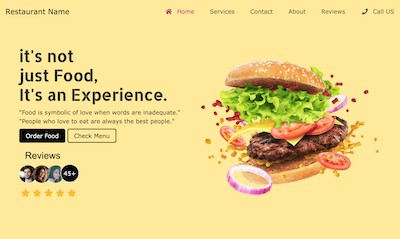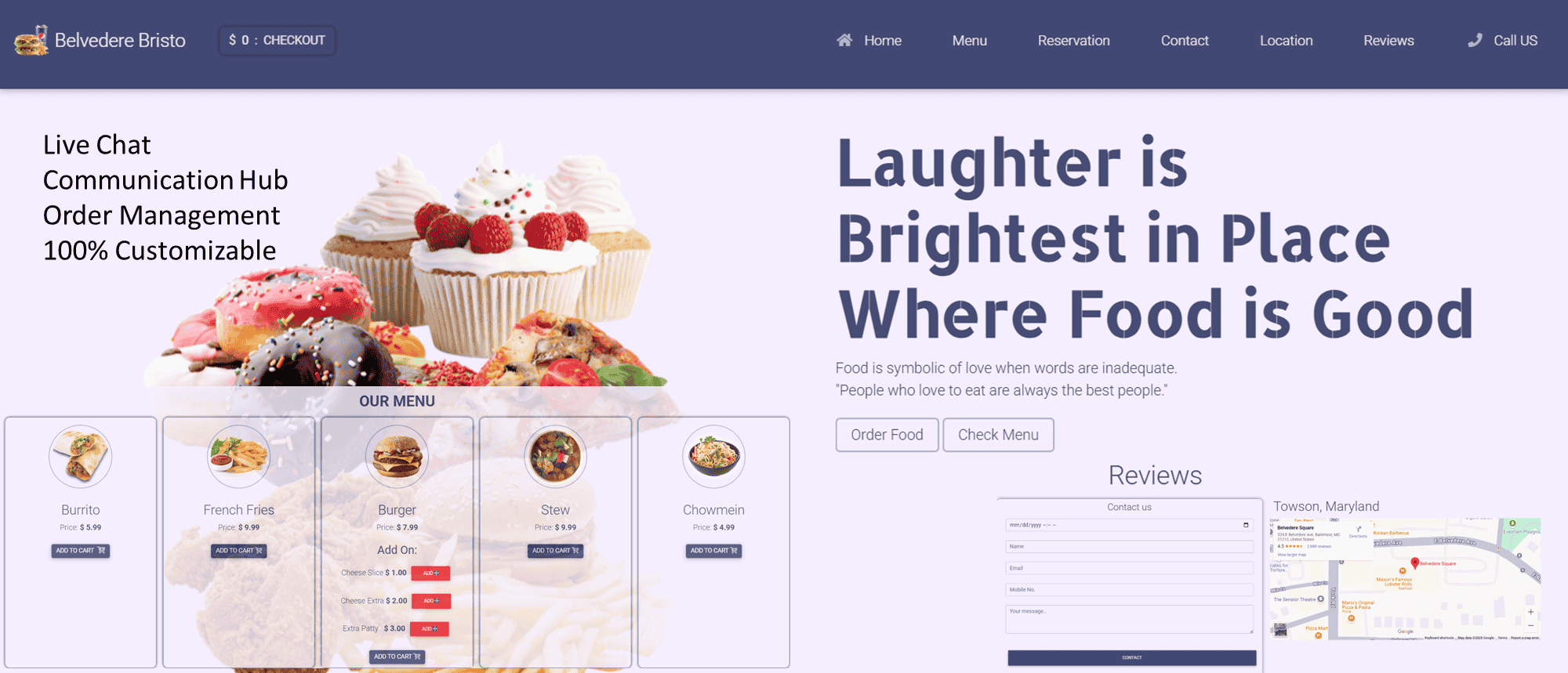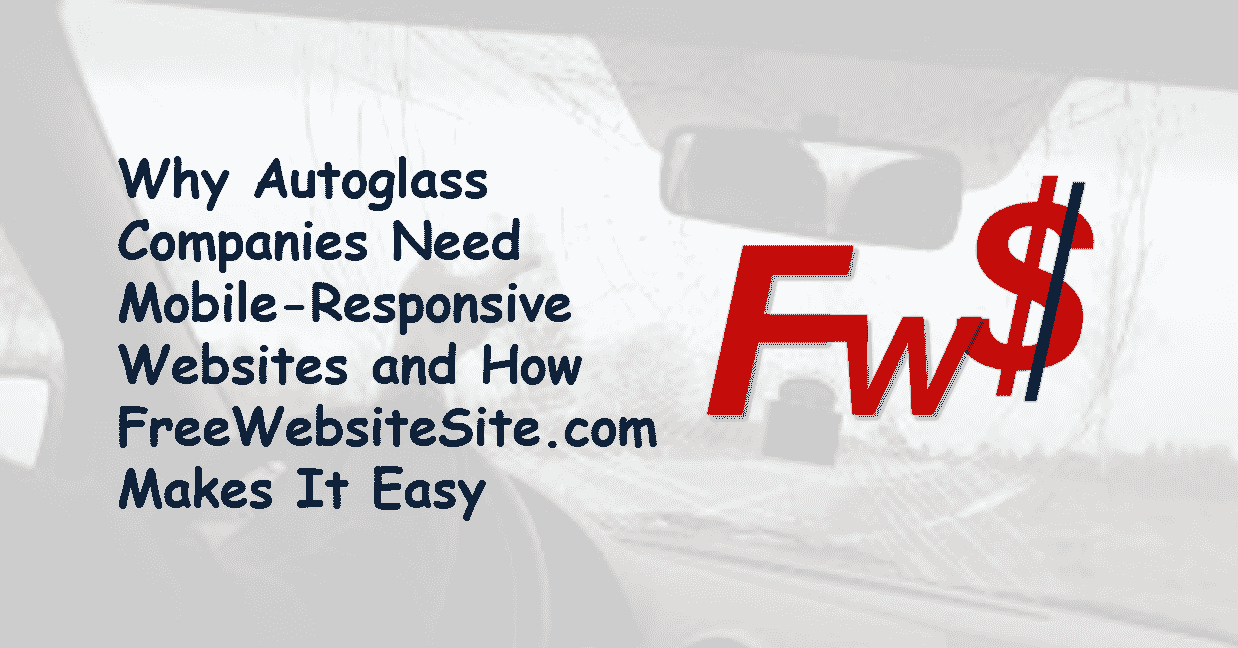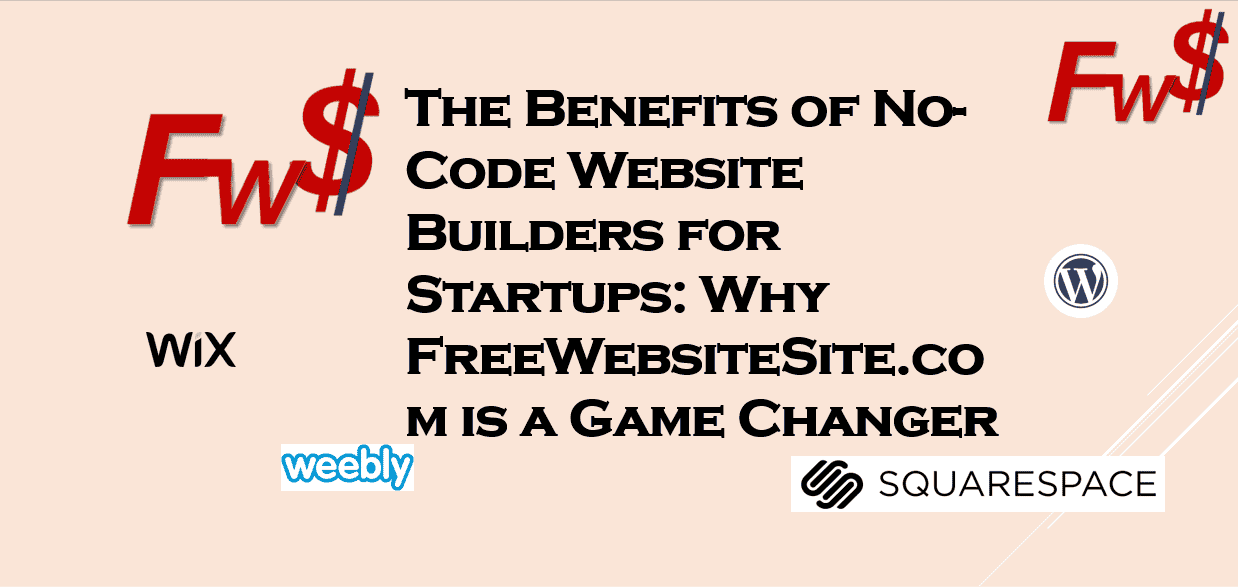Best Fonts and Colors for Business Websites
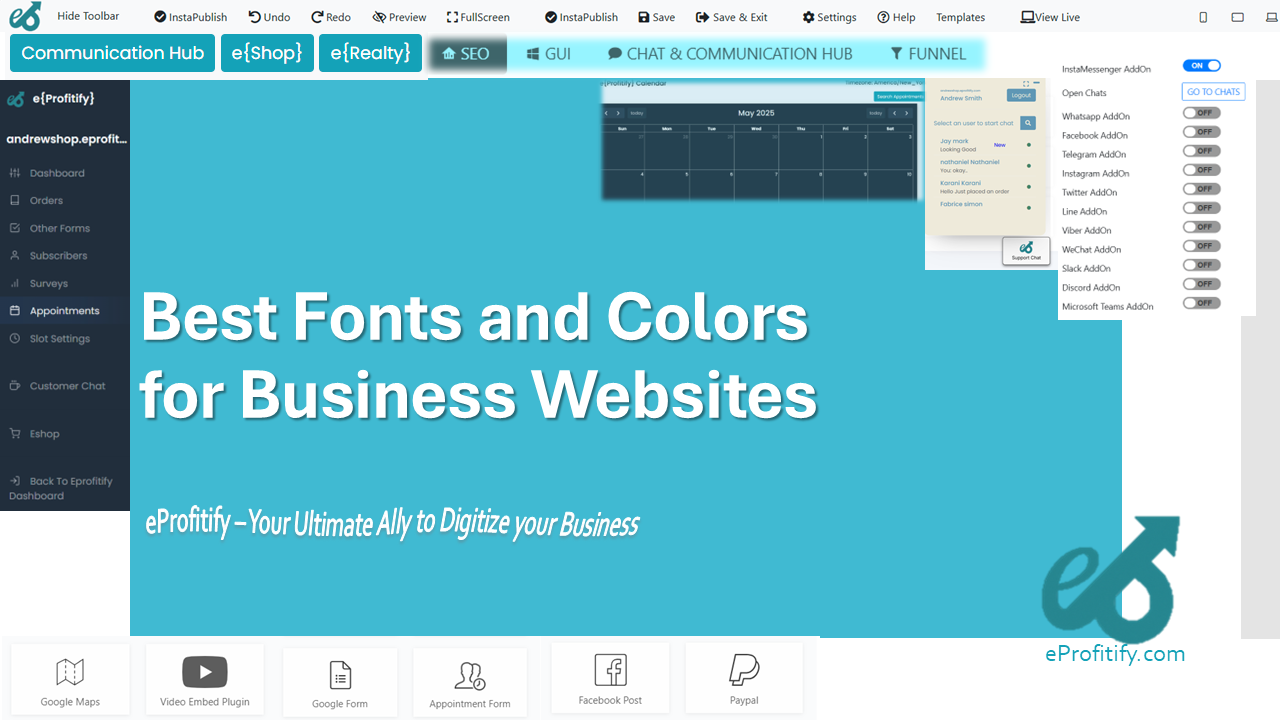
The Best Fonts and Colors for Business Websites: A Strategic Guide with Insights from eProfitify
Introduction
In the digital age, a business website is often the first point of contact between a brand and its audience. Effective web design hinges on two critical elements: typography and color. These choices shape user experience, convey professionalism, and subtly influence visitor behavior. Studies reveal that 94% of first impressions are design-related, with fonts and colors playing a starring role (ResearchGate, 2023). This guide explores optimal font and color strategies for business websites, supported by data, and highlights how agencies like eProfitify leverage these principles to drive results.
The Role of Fonts in Business Websites
Fonts are the voice of your content. They affect readability, accessibility, and emotional resonance. A survey by Adobe (2022) found that 38% of users will stop engaging with a site if the layout or typography is unattractive.
Key Considerations for Font Selection:
- Readability: Sans-serif fonts (e.g., Arial, Helvetica) dominate business sites for their clean lines on screens.
- Brand Tone: Serif fonts (e.g., Times New Roman) evoke tradition, while modern sans-serif fonts suggest innovation.
- Consistency: Limit fonts to 2–3 styles to avoid clutter.
Top Fonts for Business Websites:
- Helvetica: Universally trusted, used by brands like LinkedIn.
- Roboto: Google’s versatile sans-serif, ideal for tech-focused businesses.
- Open Sans: Neutral and friendly, with high readability on mobile devices.
Accessibility Matters:
Ensure font sizes are at least 16px for body text. Tools like Google’s Font Accessibility Checker help maintain compliance with ADA standards.
The Psychology of Color in Web Design
Colors evoke emotions and behaviors. For instance, blue conveys trust (used by Facebook and PayPal), while red stimulates urgency (e.g., Netflix’s call-to-action buttons). A University of Winnipeg study (2021) found that 62-90% of product assessments are based on color alone.
Strategic Color Selection:
- Brand Identity: Align with existing logos (e.g., Coca-Cola’s iconic red).
- Contrast: Use tools like Coolors.co to pair hues while maintaining readability.
- Cultural Context: Avoid misinterpretations (e.g., white signifies mourning in some Asian cultures).
High-Impact Color Palettes:
- Blue & White: Clean and trustworthy (e.g., Pfizer’s healthcare site).
- Black & Gold: Luxury and sophistication (e.g., Chanel).
- Green & Beige: Eco-friendly and organic (common in sustainability sectors).
Statistics on Color Effectiveness:
- HubSpot (2023) reports that red CTAs boost conversions by 21%.
- Color increases brand recognition by 80% (Loyola University).
Case Study: How eProfitify Optimizes Fonts and Colors
eProfitify, a digital marketing agency, employs data-driven design to enhance client websites. For a SaaS startup, they implemented a navy-blue and teal palette (trust + creativity) paired with Roboto fonts. The redesign led to a 34% increase in user停留时间 and a 27% rise in demo sign-ups.
Their approach includes:
- A/B testing font sizes and color contrasts.
- Prioritizing WCAG 2.1 accessibility guidelines.
- Tailoring schemes to audience demographics (e.g., vibrant hues for Gen Z-focused brands).
Conclusion
Fonts and colors are not mere aesthetics—they are strategic tools that shape perception and drive conversions. By adopting readable fonts, purposeful color schemes, and accessibility standards, businesses can craft compelling online identities. Agencies like eProfitify exemplify the power of these choices, transforming websites into high-performing assets. As competition intensifies, investing in intelligent design is no longer optional—it’s essential.
Ready to elevate your website? Partner with experts like eProfitify to blend artistry with analytics for unbeatable results.
*(
Sources: Adobe (2022), Loyola University, HubSpot (2023), ResearchGate (2023).
